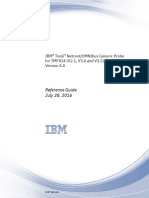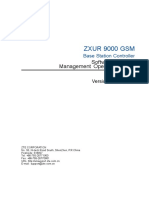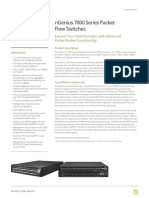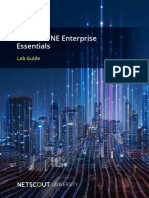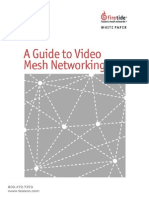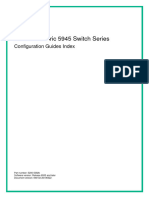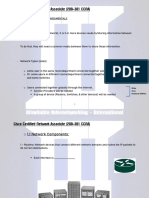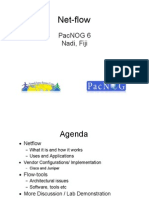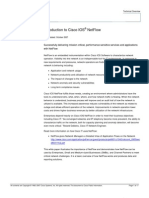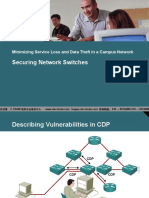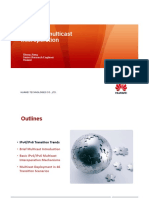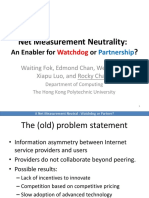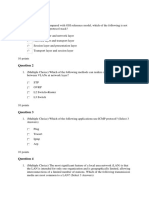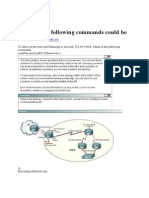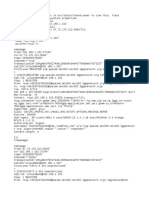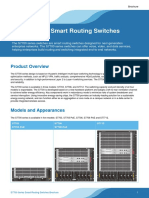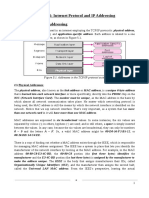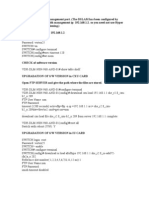100% found this document useful (1 vote)
103 views54 pagesNet Flow
The document discusses network flow monitoring and analysis using NetFlow. It describes what a network flow is, how NetFlow works, and how tools like nfdump and nfsen can be used to collect, analyze and visualize NetFlow data from routers and switches.
Uploaded by
ThanhNN0312Copyright
© © All Rights Reserved
We take content rights seriously. If you suspect this is your content, claim it here.
Available Formats
Download as PDF, TXT or read online on Scribd
100% found this document useful (1 vote)
103 views54 pagesNet Flow
The document discusses network flow monitoring and analysis using NetFlow. It describes what a network flow is, how NetFlow works, and how tools like nfdump and nfsen can be used to collect, analyze and visualize NetFlow data from routers and switches.
Uploaded by
ThanhNN0312Copyright
© © All Rights Reserved
We take content rights seriously. If you suspect this is your content, claim it here.
Available Formats
Download as PDF, TXT or read online on Scribd
/ 54



